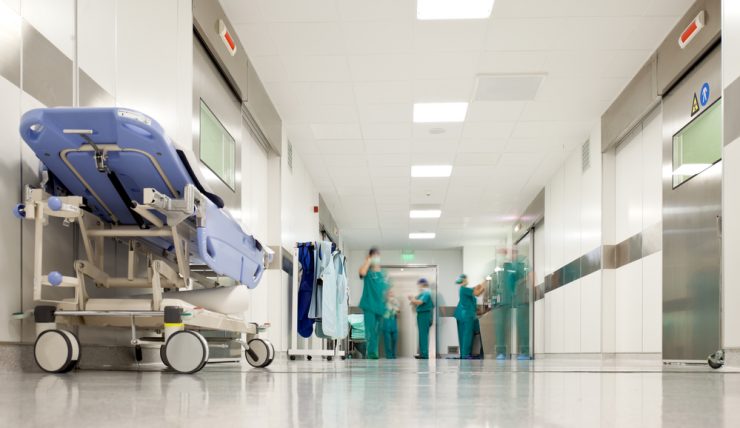Infestation with head lice is called pediculosis. Head lice affect only humans and not animals. Head lice are wingless insects and look in grey-brown. They suck blood from the scalp and survive. They lay tiny eggs, called nits, at the base of hairs. The hatching takes place after a week and are mature after seven days. They measure about 2 – 4 mm long. The mature eggs reproduce and multiply rapidly in the absence of treatment. Schoolchildren usually have head lice between four to eleven years of age. However, this can affect anyone, irrespective of the age.
What are the exact causes of head lice infestation
Hair-to-hair contact transfers hair lice. They walk from one hair to another. The concept that poor hygiene and dirty hairs result in this infestation is not correct. The hair lice can be found on a head with clean hairs. The condition or type of hair has no relevance to hair lice infection.
What are the symptoms of hair lice infestation
Itching of the scalp is the main symptom of hair lice infestation. When you have this symptom, you can check for eggs at the bottom of hairs. You can comb the hair on to a white paper to see if mature lice fall on it.
Very small red spots on the scalp can indicate hair lice infestation. Hairs behind the ears may contain hair lice. They may be visible at the nape of the neck too. These areas are the sites most prone to infestations.
How the hair lice infestation is diagnosed
As the symptoms are repeated itching of the scalp, you can by yourself check for it. Mostly you may be able to find it out if you have hair lice infestation. Fine toothed combs are available in medical shops. You can comb your hair with these combs placing a white paper beneath your forehead. Your doctor can confirm this. If you or your children have hair lice infestation, you can alert the other members of your family, and the school. The itching of the scalp is caused by an allergy to the lice, and not by lice biting. People who are not allergic to this infestation may not be aware of the presence of lice on their scalps. They may develop itching a few months after infestation.
How hair lice infestation is treated
The hair lice are tiny insects. Therefore, they cannot be removed easily. These insects become immune to insecticides too, after repeated use of the insecticides. The rate of their reinfestation and life cycle enable their rapid multiplication. This can become a permanent nuisance if it is not treated quickly after the initial infestation. Once the presence of hair lice is confirmed, you can treat the infestation at home itself.
Wet combing is also called bug-busting. This involves no chemicals. This method is effective when the hair lice become immune to insecticides. Clean the hairs with an ordinary shampoo. You can now apply conditioner to disable the grip of the lice. Then you can comb with an ordinary comb. Again, comb your hairs with a fine toothed comb. Clean the comb after every stroke. The combing operation should cover the whole area of scalp. Repeat this several times. Finally rinse the hairs. Do this wet combing for at least two days in a week. Continue this for two weeks.











